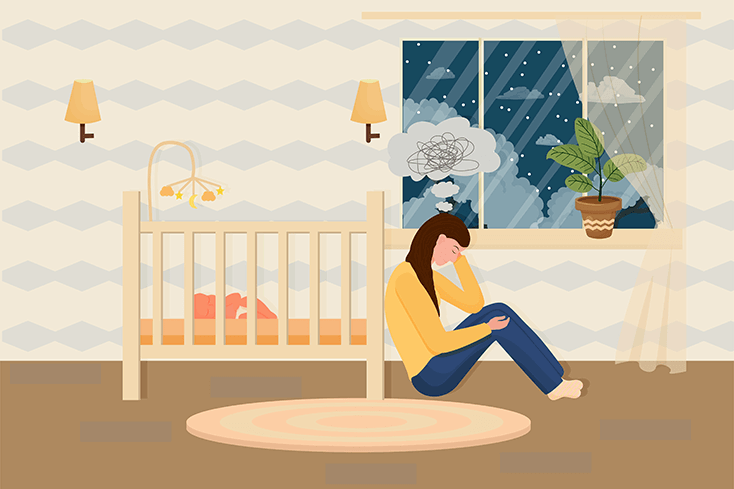
Since 2010, there has been an increasing number of studies assessing the connection between childhood trauma and the development of bipolar disorder. In a 2020 review, a team of international researchers concluded that "exposure to childhood trauma during neurodevelopmental stages earlier in life, including young adulthood, contributes to an increased risk of developing bipolar disorder.” Additionally, research suggests that childhood trauma may even have a role in the relationship between genetics and bipolar disorder.
Until this year, I knew nothing about the connection between trauma and bipolar disorder. It wasn't until I began experiencing the onset of postpartum bipolar that I gained an interest in the subject matter
The Spiral
I was three months postpartum when I experienced several events that spurred memories of past trauma. Simply put, it overwhelmed my system. I started noticing hypomanic symptoms setting in. I had racing thoughts, battled grandiose thinking and impulsivity. I noticed that I had excessive and abnormal levels of energy, overconfidence and an overall feeling of being “on top of the world.” I had struggled with some of these symptoms before giving birth, but they steadily become more unmanageable with each episode. I began finding it hard to think clearly, no matter how hard I tried. It was interfering with my ability to function.
The depressive episodes were concerning and significantly more severe than any level of situational depression I had ever experienced. I felt completely numb. My husband would come home to find the shell of me feeding the baby with no emotion while our one and three-year-old were running wild. Every time I stepped on the scale, I seemed to be dropping more weight and I couldn't make it stop. I had begun meeting with a counselor, but she didn't seem to know what was happening and had started making comments about referring me.
Recognizing these ups and downs as symptoms of bipolar disorder, I began to research, wondering if “postpartum bipolar” existed. I found that while it was rare, there was such a diagnosis, and, unlike postpartum depression, it could be life-long. I felt hopeless. I felt trapped. It was all too much for me to handle.
EMDR Training and Exploring Childhood Trauma
Due to my own history of significant trauma, and my work as a therapist, my dream had always been to get trained in EMDR, a method of therapy often used in to treat PTSD. Coincidentally, my company had just given me the opportunity to get trained in this technique. I would be learning how to guide clients in the use of EMDR’s bilateral stimulation, or alternating stimulation on either side of the body, in a way that uses the brain’s ability to diminish the impact of trauma.
On the first day of training, they advised us to disclose if we had a history of significant trauma, as they would adjust the training appropriately to be less triggering for us. I didn’t have the courage to speak up — and I found myself beyond triggered that day. By the end of the night, I could do little outside of staring at walls. I’ve always been a fighter, but that night I gave up on myself and on life. I even felt it wasn’t a matter of if I would take my life, it was a matter of when.
I desperately didn’t want to go back to my second day of training, but my people pleasing tendencies overrode the depression and daunting fear of being triggered further. That day, somehow, things turned around. We started using techniques to treat our traumas, and I was able to process my fears of developing bipolar disorder.
EMDR’s Safe Place exercise was one of the first tools we used that morning, which included the visualization of a place that was personally calming and was paired with bilateral stimulation, assisting in soothing the subconscious stream of triggers which raged within me. The rest of the day built upon this foundation through additional exercises that combined the use of bilateral stimulation and the honest acknowledgment of my fears. My internal storm was met with an emotion that had become a distant memory: calm. I found hope in place of my hopelessness.
The Turnaround
That evening, I finally felt myself again for the first time in months. The rest of the week was similar, and by the end of the training, I felt more emotionally stable than I had in my whole life. The EMDR techniques had directly addressed many of my symptoms and made me feel whole again.
When I returned to my job in the following weeks, I started putting together pieces of the puzzle. I noticed a client (who also had a history of trauma and recent retriggering events) going through a similar progression of bipolar symptoms. I began reflecting on my work with past clients and realized that I could not think of a single client in my years of working in the mental health field who was diagnosed with bipolar disorder without having a history of some level of trauma.
This discovery has led me to wonder: If my onset of bipolar symptoms could be addressed through the treatment of trauma, could this work for other people? Could EMDR methods potentially treat bipolar disorder?
Of course, there are so many questions I don't yet have the answers to. Perhaps someday I will get the opportunity to conduct research to test my developing theories. Today, however, I strive to share my own experience and spread awareness — to bloom where I'm planted. I've begin writing a blog sharing my mental health journey with the hope of encouraging and normalizing others’ feelings.
The field of mental health is constantly evolving. It grows with time and broadens with advancing technology. While we might not yet have all the answers, we have hope.
When Rebekah Kindall was 14 years old, her brother suffered a psychotic break and took her mother’s life. This spurred her passion to help others battling mental illness. She is now a therapist and has started a blog surrounding mental health, the impact of trauma and moving beyond at Behindthecurtainblog.org.

